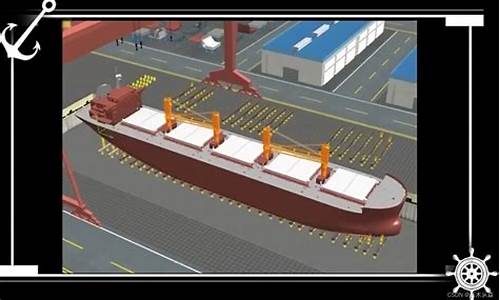Overview of Shipbuilding Process
Shipbuilding is a complex and meticulous process that involves various stages, from design to construction, outfitting, and testing. Each step requires precise coordination and skilled labor to ensure the vessel meets safety standards and operational requirements.
Shipbuilding Process in Detail

The shipbuilding process begins with the design phase, where naval architects and engineers create detailed plans for the vessel's structure, propulsion, and systems. Once the design is finalized, construction commences with the fabrication of the hull and superstructure using materials such as steel, aluminum, or composite materials. Skilled welders and craftsmen meticulously assemble the components according to the blueprint.
Next, the outfitting phase involves the installation of essential systems and equipment, including engines, navigation instruments, communication systems, and living quarters. This phase requires coordination between various trades to ensure all components are integrated seamlessly. Once the vessel is fully outfitted, it undergoes rigorous testing and trials to verify its performance and seaworthiness.
Conclusion
In conclusion, shipbuilding is a highly intricate process that demands expertise, precision, and collaboration. From the initial design stage to the final testing phase, each step contributes to the creation of a safe, reliable, and efficient vessel. By following established procedures and leveraging advanced technologies, shipbuilders can deliver high-quality ships that meet the demands of modern maritime industries.



